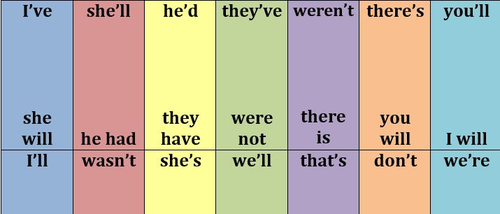Emily Newman's Shop
Hi! I'm Emily and I've teaching English for 10 years now. I specialise in GCSE English Language and also teach Functional English and have taught learners with additional needs one to one. I'm fairly new to sharing on TES and am focusing on uploading SPaG skills content at present, due to the huge focus on this in the new GCSE English specification.






















